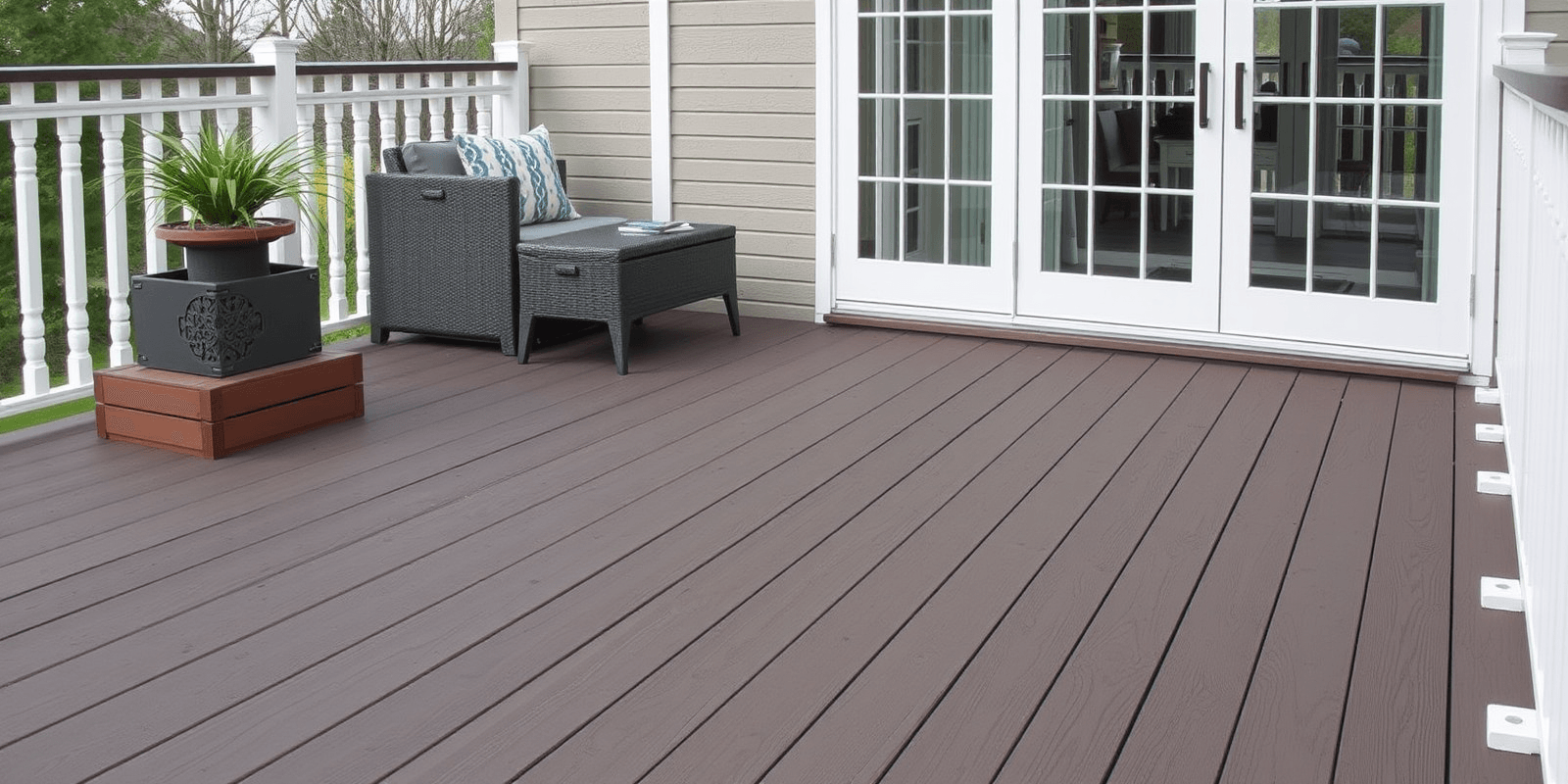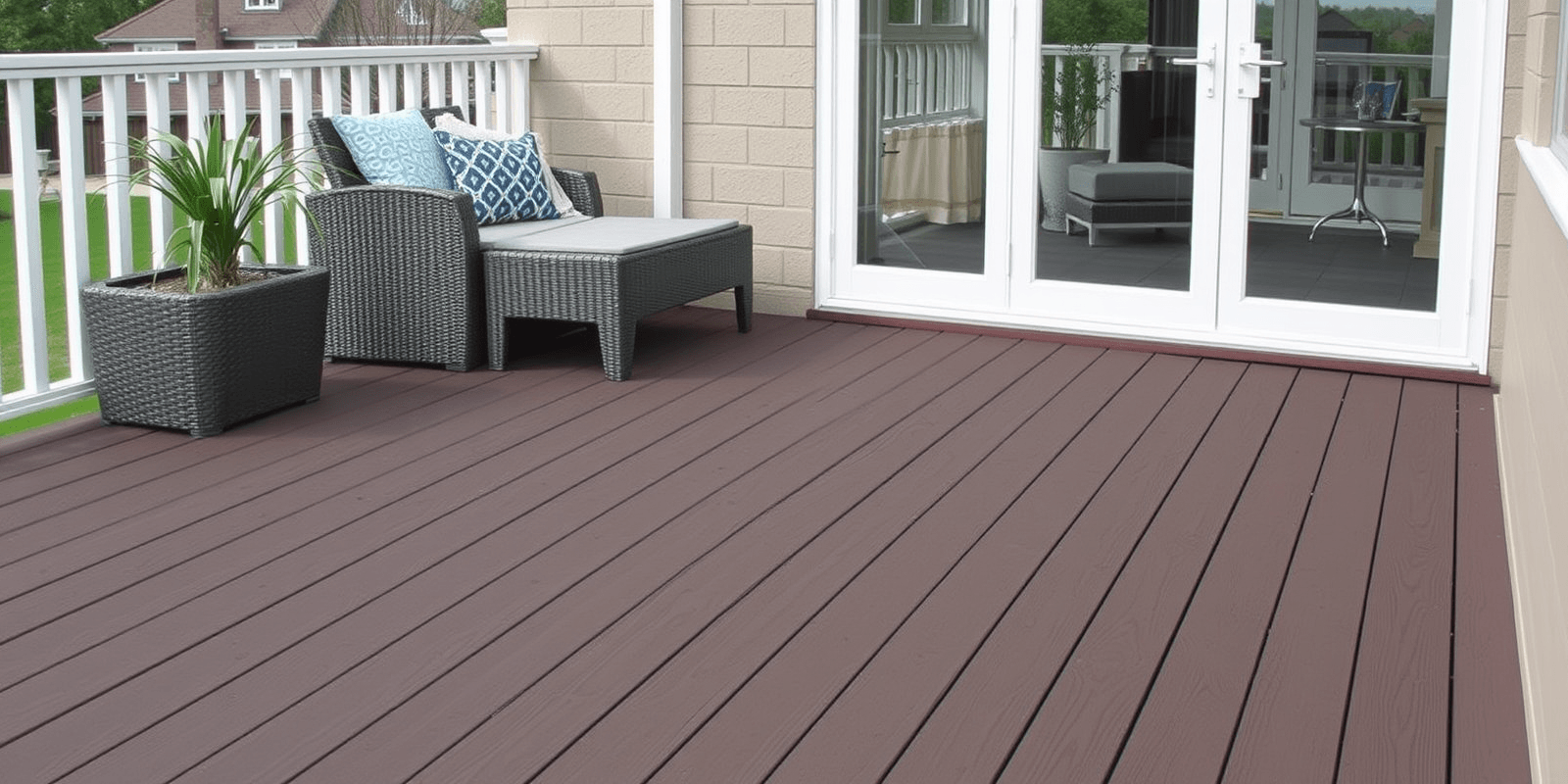The Environmental Benefits of Composite Decking
Introduction
Composite decking is an innovative material that has been gaining popularity among homeowners due to its durability and low maintenance requirements. Unlike traditional wooden decks, composite decking is made from a combination of recycled plastics, wood fibers, and other materials. This unique composition not only makes composite decking more durable but also significantly reduces its environmental footprint. In this article, we will explore the various environmental benefits of using composite decking, including its recycled content, longevity, and reduced need for chemical treatments. We will also compare it to natural wood in terms of environmental impact and explain why it’s a better choice for eco-conscious homeowners.
Recycled Content
One of the most significant environmental benefits of composite decking is its use of recycled materials. Many composite decking products are made from a combination of recycled plastic bottles, milk jugs, and wood fibers. By utilizing these materials, composite decking helps reduce the amount of waste in landfills and conserves natural resources. According to the U.S. Environmental Protection Agency (EPA), recycling one ton of plastic can save approximately 7.4 cubic yards of landfill space. This means that every time you choose composite decking over traditional wood, you’re contributing to a cleaner environment.
Longevity and Reduced Maintenance
Another key advantage of composite decking is its long lifespan and minimal maintenance requirements. Unlike natural wood, which requires regular sealing and staining to prevent rot and decay, composite decking is highly resistant to moisture, insects, and UV rays. This means that it doesn’t require frequent chemical treatments or replacement, reducing the overall environmental impact of your deck over time. Additionally, because composite decking doesn’t splinter or crack like wood, it poses less risk to wildlife and pets, making it a safer option for outdoor spaces.
Reduced Chemical Treatments
The reduced need for chemical treatments is another important benefit of composite decking. Traditional wooden decks often require regular applications of sealants, stains, and preservatives to protect against weather damage and insect infestations. These chemicals can leach into the soil and waterways, harming local ecosystems. Composite decking, on the other hand, is inherently resistant to these issues, requiring fewer chemical treatments throughout its lifetime. This not only reduces the amount of potentially harmful substances released into the environment but also saves homeowners money on ongoing maintenance costs.
Comparing Composite Decking to Natural Wood
When comparing composite decking to natural wood, the environmental advantages become even more apparent. While natural wood is a renewable resource, the process of harvesting and processing it can have significant ecological impacts, such as deforestation and habitat destruction. In contrast, composite decking utilizes recycled materials that would otherwise end up in landfills. Furthermore, the production of natural wood often involves the use of chemicals like pesticides and fertilizers, which can pollute nearby water sources. By choosing composite decking, homeowners can minimize their contribution to these environmental issues.
Conclusion
In conclusion, composite decking offers numerous environmental benefits that make it an excellent choice for eco-conscious homeowners. Its use of recycled materials, long lifespan, reduced maintenance requirements, and lower need for chemical treatments all contribute to a smaller carbon footprint. When compared to natural wood, composite decking presents a more sustainable alternative that helps protect our planet for future generations. As awareness of environmental issues continues to grow, composite decking stands out as a smart and responsible choice for any homeowner looking to create an environmentally friendly outdoor living space.



